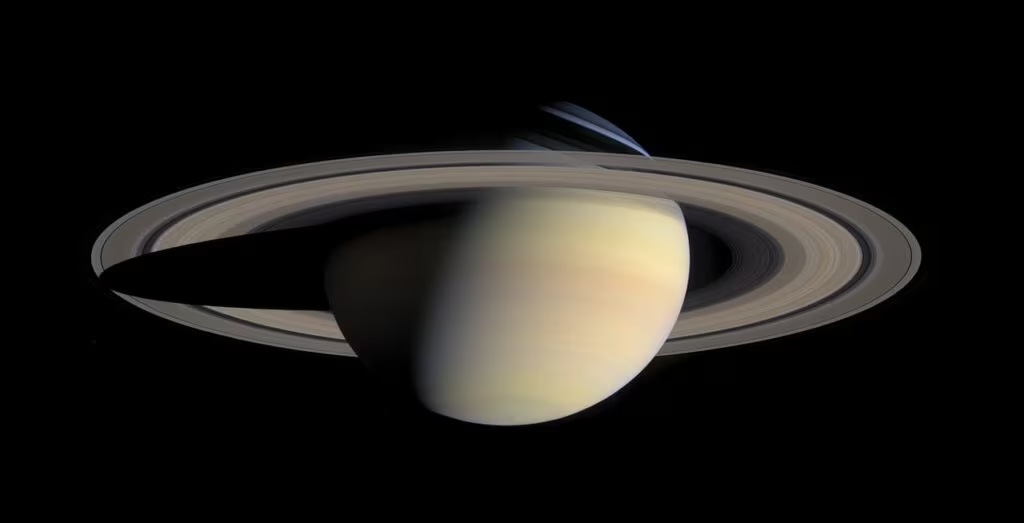Unpacking the Extraordinary Claim: A Mysterious Interstellar Visitor and the Search for Technology
An already fascinating astronomical event—the close approach of the interstellar object 3I/ATLAS—has taken a sensational turn following a highly speculative hypothesis put forth by a prominent astrophysicist. The object, which originated outside our solar system, is currently on a trajectory that will bring it close to Earth and then even closer to Jupiter.
The controversial claim suggests that 3I/ATLAS is not merely a natural comet or asteroid, but potentially a piece of alien technology, perhaps functioning as a ‘mothership’ that could be releasing smaller, artificial probes—dubbed ‘sentinels’—into the vicinity of Jupiter.
This news is highly relevant to anyone tracking the movements of interstellar objects and the ongoing debate surrounding the nature of these cosmic travelers, particularly in the wake of the Oumuamua controversy.
3I/ATLAS: The Interstellar Object on Approach
Discovered recently, 3I/ATLAS is classified as an interstellar object, meaning its origin lies beyond the gravitational influence of our Sun. These objects are rare, offering astronomers a unique opportunity to study material from other star systems. Its current trajectory brings it into our inner solar system.
According to current orbital calculations, 3I/ATLAS is expected to make its closest approach to Earth in early 2025. This pass is calculated to be approximately 170 million miles away—a safe distance, but close enough for detailed observation by powerful telescopes.

Key Trajectory Milestones (2025)
- Earth Approach: Expected in the coming weeks, reaching a minimum distance of roughly 170 million miles.
- Jupiter Encounter: Approximately three months after its Earth pass, the object is projected to get even closer to the giant planet, entering the region of Jupiter’s orbit.
While the object’s movement is generally consistent with gravitational physics, the sensational hypothesis stems from the possibility of subtle, non-gravitational acceleration—a characteristic that has fueled previous debates about similar interstellar visitors.
The Sentinel Hypothesis: Technology Near Jupiter
The theory that 3I/ATLAS might be artificial is championed by figures such as Harvard University astrophysicist Dr. Avi Loeb, who previously proposed a similar explanation for the first observed interstellar object, Oumuamua. The core of this new hypothesis regarding 3I/ATLAS centers on the object’s potential behavior as it nears Jupiter.
Dr. Loeb and others suggest that if the object exhibits unusual changes in velocity or trajectory that cannot be fully explained by outgassing (the standard explanation for comet acceleration), an artificial origin must be considered. The proximity to Jupiter, a planet known for its vast gravitational field and collection of Trojan asteroids, makes it a strategic location for potential deployment.
“If 3I/ATLAS is indeed a piece of advanced technology, its close pass by Jupiter could be intentional. It might be releasing smaller, autonomous probes—what we term ‘sentinels’—designed to study the Jovian system or potentially utilize Jupiter’s gravity well for further travel,” the professor’s theory posits.
The idea of sentinels is rooted in the concept of self-replicating or autonomous probes that could be deployed by an advanced civilization for reconnaissance. The gravitational environment around Jupiter, including its numerous moons and stable Trojan points, offers ideal locations for such probes to slow down, observe, or even refuel.

Contextualizing the Scientific Debate
It is crucial to understand that the “sentinel” hypothesis remains highly speculative and is not the mainstream view within the astronomical community. The vast majority of scientists attribute any observed non-gravitational acceleration in objects like 3I/ATLAS to natural phenomena.
Natural Explanations vs. Artificial Origin
- Outgassing (Cometary Activity): The most common explanation for unexpected acceleration in small solar system bodies is the sublimation of volatile materials (ices) as the object approaches the Sun. This process acts like small thrusters, subtly altering the object’s path. If 3I/ATLAS is an interstellar comet, outgassing is the expected cause of any non-gravitational movement.
- Rotation and Shape: The irregular shape and rotation of an object can also cause minor deviations due to radiation pressure or asymmetrical outgassing.
- Artificial Origin: The hypothesis of technology, while exciting, requires extraordinary evidence. It suggests the object is deliberately manufactured, perhaps featuring a thin, light structure (like a solar sail) or propulsion systems.
While the scientific community remains cautious, the debate surrounding interstellar objects has intensified since the discovery of Oumuamua in 2017 and the subsequent discovery of 2I/Borisov. These objects provide the first direct evidence of material exchange between star systems, making their study paramount.
Astronomers are currently focused on gathering high-resolution data on 3I/ATLAS during its 2025 approach to determine its composition, shape, and precisely measure any non-gravitational forces acting upon it. Only through rigorous data analysis can the speculative claims be definitively tested.

Implications for the Search for Extraterrestrial Intelligence (SETI)
The discussion surrounding 3I/ATLAS highlights a significant shift in the Search for Extraterrestrial Intelligence (SETI). Traditionally, SETI focused on detecting radio signals. However, the study of interstellar objects introduces the concept of Technosignatures—physical evidence of alien technology.
If 3I/ATLAS were confirmed to be artificial, it would fundamentally change our understanding of life beyond Earth and demonstrate that interstellar travel is achievable. The “sentinel” theory suggests a passive form of reconnaissance, which is arguably more plausible than direct communication attempts.
For now, the object remains a mystery—a natural wonder until proven otherwise. The coming months of observation will provide critical data points that either solidify its classification as a comet or, perhaps, lend credence to the more radical, yet intriguing, technological hypothesis.
Key Takeaways
- Object: Interstellar object 3I/ATLAS, originating outside our solar system.
- Trajectory: It will pass Earth at approximately 170 million miles in early 2025, followed by an even closer approach to Jupiter three months later.
- Controversial Claim: A prominent professor suggests 3I/ATLAS could be an artificial craft releasing smaller, autonomous probes or ‘sentinels’ near Jupiter.
- Scientific Consensus: The mainstream view attributes any unusual acceleration to natural phenomena, primarily outgassing from the object’s icy composition.
- Significance: The event provides a crucial opportunity to search for technosignatures and advance the study of interstellar travelers.
What’s Next for 3I/ATLAS Observation
Over the next few months, ground-based and space telescopes will be focused intently on 3I/ATLAS. The primary goal is to precisely measure its velocity and look for definitive evidence of cometary activity (like a tail or coma) or, conversely, highly unusual, non-gravitational behavior that defies standard physical explanations.
Data gathered during the close approach will be shared globally, allowing the scientific community to collectively analyze the object’s true nature and finally settle the debate over whether 3I/ATLAS is merely a cosmic snowball or something far more extraordinary.
Original author: Victor Tangermann
Originally published: November 24, 2025
Editorial note: Our team reviewed and enhanced this coverage with AI-assisted tools and human editing to add helpful context while preserving verified facts and quotations from the original source.
We encourage you to consult the publisher above for the complete report and to reach out if you spot inaccuracies or compliance concerns.

